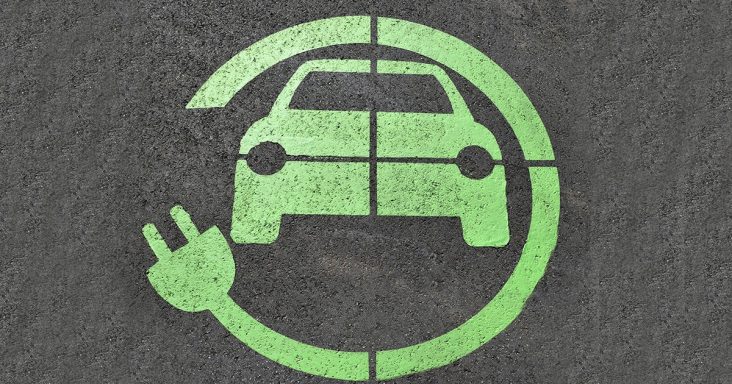Report: Economics for moving to electric trucks continues to improve
by June 19, 2023 1:18 pm 841 views

A new report highlighted multiple factors to consider in planning for charging infrastructure – often regarded as the most challenging aspect of transitioning to electric trucks. The report included a 10-step plan to implement the infrastructure and how to charge vehicles reliably and cost-effectively.
According to the report by North American Council for Freight Efficiency, fleets considering whether to use “electric vehicles need a basic working understanding of electricity and the way utilities work in order to estimate charging costs, install chargers easily and realize the fuel savings that can come with using electricity instead of diesel to power trucks.”
The council’s report builds on its 2019 one and comprised interviews of leaders at fleets, truck makers, utilities, charger manufacturers, research groups and industry organizations. The report includes electric truck charging strategies, a breakdown of charger types and charging service models.
Charging as a service regards paying a fee to a provider, which invests in the charging equipment needed to power customers’ fleets. Trucking as a service or fleet as a service allows drivers to reserve fully charged electric trucks to be picked up at a set time. The report shows that most fleets are purchasing charging stations, which can range from less than $1,000 to up to $90,000 per charger, depending on charging speed.
According to the report, aspects of the 10-step plan to implement charging infrastructure include assigning an internal project manager, working with key stakeholders, selecting electric vehicles and chargers, and designing and building the infrastructure. Financial assistance is available to transition to electric trucks, and some of the resources to help access it include Clean Cities Coalitions and electric utilities. Meeting with the latter is also important to ensure that enough power will be available for the infrastructure.
“Remember that your utility has a (regulated) monopoly,” the report shows. “No one else can deliver your power. It is essential to speak with your utility as soon as you have even the slightest notion of moving to electric trucks for your fleet. There are more than 3,000 individual utilities in the United States alone, and no two are exactly alike.”
The report also shows that some chargers don’t work well with electric trucks, and fleets must collaborate with truck manufacturers to select the appropriate charger. Fleets can use charging management software to ensure vehicles are charged when needed and at the lowest cost. Charging a vehicle during the day and at faster speeds can be more expensive because electricity demand is greater. But charging at slower speeds or lower power is less expensive.
A recent study showed that 23% of public electric vehicle chargers in the San Francisco Bay area were not usable. Similar issues have happened for private chargers. According to the report, fleets should have a service agreement that monitors and repairs equipment with a guaranteed minimum downtime.
A DC fast charger can charge class 8 truck Volvo VNR Electric 4×2 from 20% to 80% charged in 50 minutes. Class 8 trucks are the largest truck class, and the Volvo truck has a 175-mile range. The report shows that charging from 20% to fully charged was estimated to take more than four hours for the truck because the charging rate slows as the battery approaches a full charge.
According to the report, DC chargers that are integrated with battery storage can take power from the grid when it’s less expensive. A downside to these systems is they cannot provide full power when the batteries are discharged. Wireless charging systems are also available, but they typically charge at slower speeds.
Lowell-based carrier J.B. Hunt Transport Services and Bentonville-based retailer Walmart have been piloting medium and heavy-duty electric trucks. Both companies are looking at a mix of alternative-powered trucks for their fleets, including hydrogen-fueled trucks, as they work to meet goals to reduce or eliminate emissions.
Lisa Perry, senior manager of Energy Services at Walmart, recently said the company is piloting class 8 Freightliner eCascadia and Nikola trucks. She noted the battery weight as one of the challenges with using class 8 electric trucks for over-the-road transportation.
“They have to be weighed at weigh stations,” Perry said. “I had someone tell me it’s much easier to use electric for potato chips than soft drinks.”
